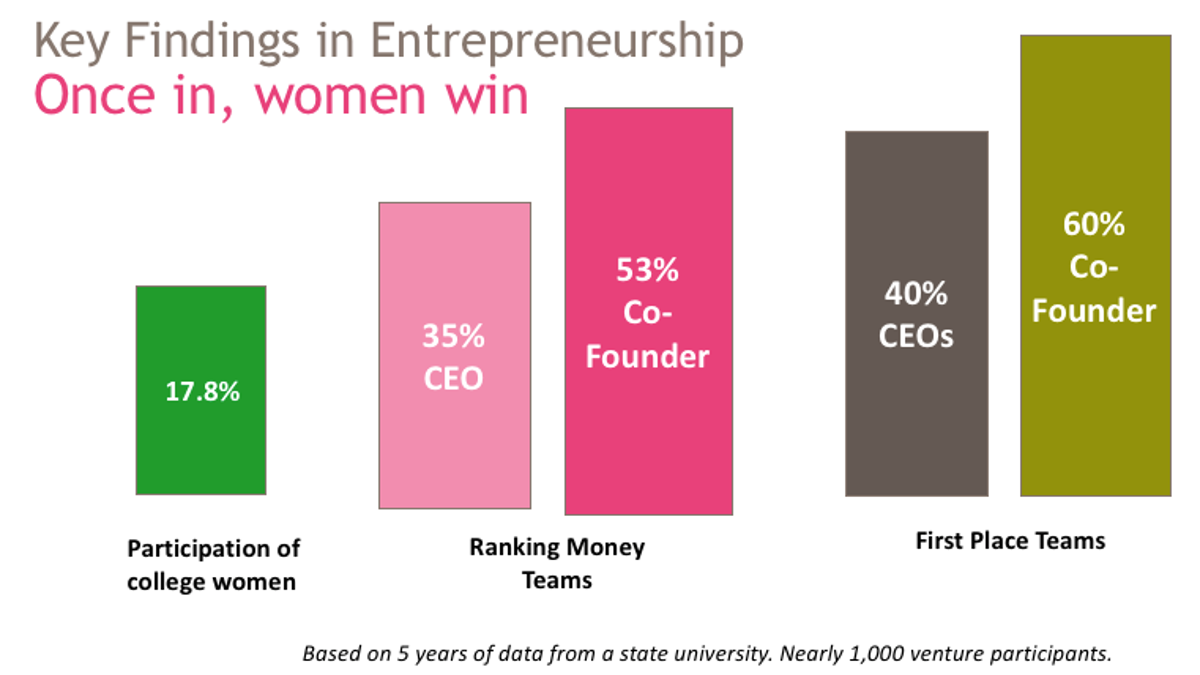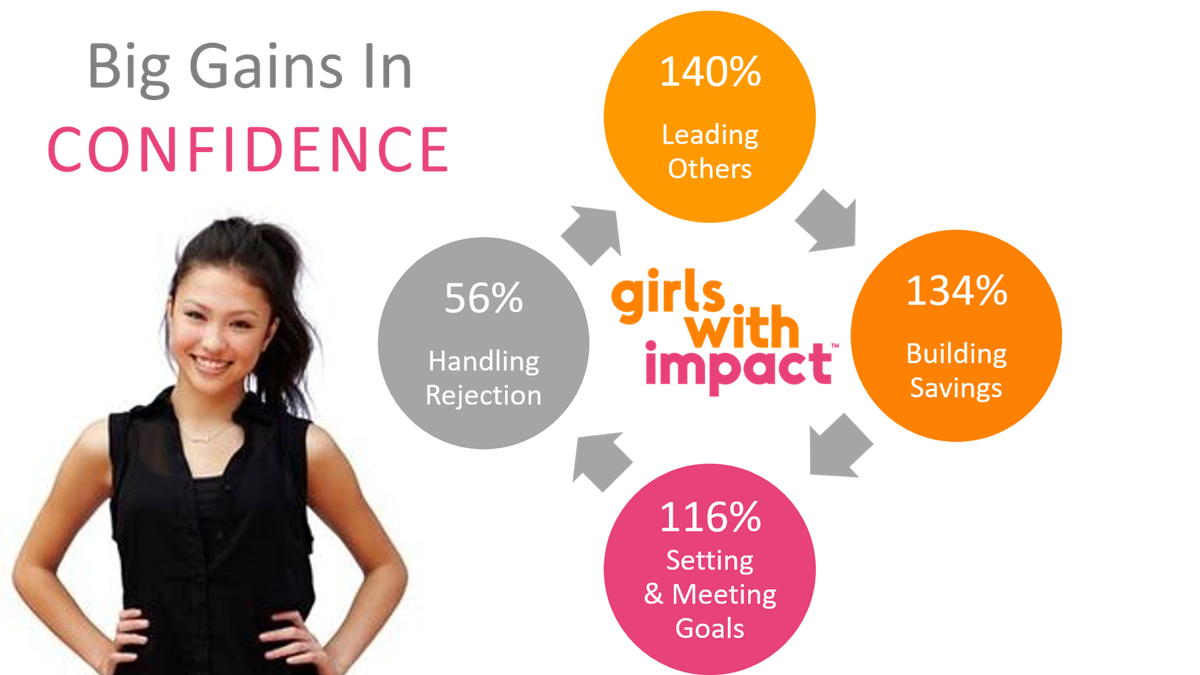
With all the headlines on gender diversity, workplace harassment and equal pay, have we come a long way, baby? Or not? International Women’s Day, which is Thursday, is a good time to look at this question.
Studies show that having more women in senior management jobs improves the financial performance of companies. And having more female members of company boards helps companies deal more effectively with risk and brings other benefits as well. Despite this, there has been scant progress in increasing the number of women in leadership roles in the past 10 years. Issues like culture and workplace harassment are a few reasons.
But there is an answer to a host of challenges we face as leaders and parents – whether it’s driving innovation, competing globally, or giving our girls the kind of career and economic opportunities every parent wants.
After my days in Silicon Valley and then working with CEOs at the World Economic Forum in Davos in Switzerland, where the topic of gender parity alone generated 10,000 tweets, I realized that to drive growth and create a talent pipeline for the future, we need to start earlier. Far earlier.
We need to turn to the next generation. Not only in college, but younger.
Just as scouts are searching for sports talent down to middle school, so too do we need to prepare our girls much earlier. And, indeed, the early bird will get the talent worm.
I call this a bottoms-up approach. It’s radically different than the top-down, Band-Aid approaches where companies bring women in at the top, only to see them leave. And it’s the reason companies like State Street and Viacom are looking to engage tomorrow’s leaders – because they can also build their diversity and reputations while engaging their current employees.
This just makes so much sense for all, for a host of reasons:
First, young women show enormous entrepreneurship capabilities that we’re overlooking. A Girls With Impact study – The Entrepreneurship Talent Gap – finds that while only 18 percent of college women participate in college business competitions, they mattered on teams – down to the bottom line. A whopping 60 percent of first-place teams had a female co-founder on the team. Equally powerful: 40 percent of first-place teams were led by a woman CEO. These women took home the bulk of the prize money over five years: $90,000.

What if we fail to nurture this talent? What will we be missing in terms of economic growth and productivity, especially with the shift in jobs amid artificial intelligence and robotics?
Second, early education drives innovation, skills, confidence. Without earlier business and entrepreneurship education, girls will selectively opt out of business opportunities in college and beyond. And we can’t rely on schools alone.
Sarah Kelter, 16, said that while her school offers an entrepreneurship class, she wasn’t able to bring her project to life.
But new programs like Girls With Impact are changing this. Over a 12-week pilot, girls went through a “mini-MBA” delivered after school in a live, online format. In that short time, girls went from ideation to business plan and showed tremendous capabilities, ideas, and growth.
High school girls began to create ventures ranging from one-touch mobile help to GenerationImpact, a teen giving circle, and much more.
At the same time, girls increased their confidence in these areas:
? Leading a team – 140 percent (increase in confidence)
? Identifying resources to advance a project – 131 percent
? Setting and meeting goals – 116 percent
? Identifying competition – 72 percent
? Handling rejection – 56 percent
All girls felt more career-ready halfway into the program, and 90 percent said they’re better able to differentiate themselves – a key attribute in college and career success.
“This is early business conditioning my daughter needs,” says Dr. Steven Allee, a podiatrist and father of a 16-year-old girl. “It starts now.”
James Takami, CFO of a local chamber of commerce, said he’s seen improved organizational skills in his daughter in just a few weeks. And Jody, 16, says she doesn’t know how to explain it, but “I feel powerful.”
This kind of confidence comes from learning how to execute – and it’s especially critical in teen girls given the unique fears of failures they face that hold them back from trying new things.

Third, training will determine our success in the future of jobs. We’re in a new Tech World Order that demands new thinking. No business (or family) is immune from the disruption in our digital economy.
By just 2020, some 40 percent of workers (50 million people) will be freelancers. Know some of them? The World Economic Forum says 35 percent of core skills will also change by then.

Girls deliver their elevator pitch for their ventures just three weeks into the 12-week online academy.
Among the most important skills will be that entrepreneurial mindset – the ability to solve complex problems, operate with adaptability and flexibility, and work cross-functionally. Companies are already aggressively pursuing this kind of talent now.

Will your children be ready? Your employees’ children? As a CEO, are you preparing for a ready pipeline? There are no more excuses.
Together, in partnership with corporate leaders, educators and families, we can drive greater success for us, our communities and our nation.
